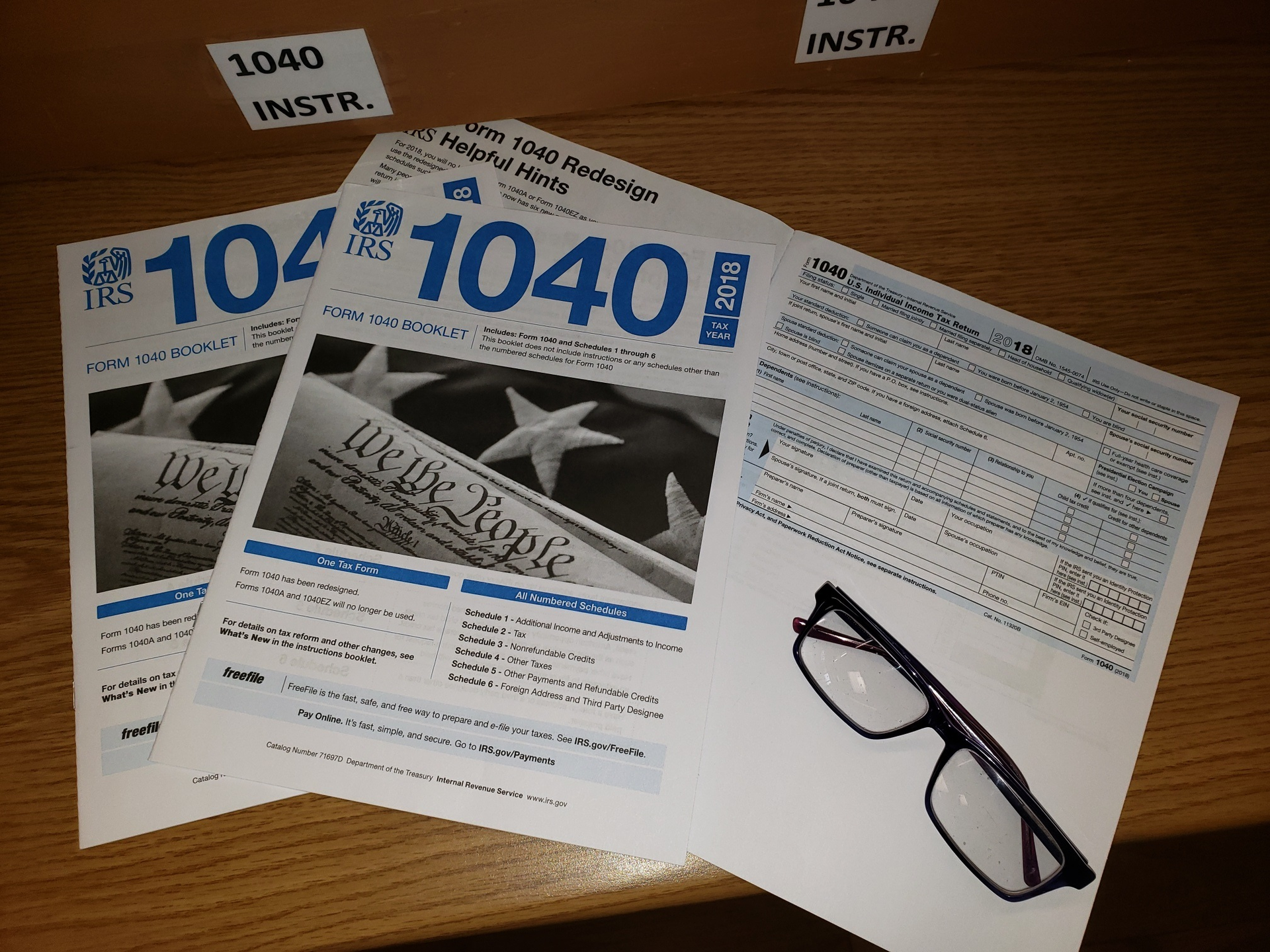10 Easy-to-Miss Income Tax Deductions
Often, taxpayers choose the standard deduction assuming that itemized deductions and other deductions would be less beneficial. This feeling is even stronger with the new increase in the standard deduction from the Tax Cuts and Jobs Act, however ...
Apr. 10, 2019

Often, taxpayers choose the standard deduction assuming that itemized deductions and other deductions would be less beneficial. This feeling is even stronger with the new increase in the standard deduction from the Tax Cuts and Jobs Act, however taxpayers can oftentimes deduct more through other deductions.
We are experiencing some of the most significant changes in tax history with The Tax Cuts and Jobs Act of 2017. In addition to adjusting tax bracket rates, lowering the corporate tax rates and multiplying the estate tax deduction by two, there were important changes to deductions and it is worth reviewing some of the most popular ones to make sure you are up to date.
Below is a checklist of notable tax deductions for 2019 that can help taxpayers reduce their tax liabilities:
- State income tax paid with last year’s return – If a taxpayer itemizes their deductions, they can deduct state and local real estate and personal property taxes, as well as either income taxes or general sales taxes. However, the limit for this deduction is now $10,000.
- Educator expenses – Teachers can deduct up to $250 for any out-of-pocket classroom expenses. The deduction also can be used for professional development courses as well as computer equipment and associated software you use in the classroom. This can be doubled to $500 if both spouses are teachers.
- Mortgage interest deduction – This is one of the deductions that changed drastically with the new tax laws. While qualifying taxpayers can still deduct mortgage interest, there has been a reduction in the size of the home loans that qualify and limits on home equity loan interest deductions.
- Non-cash charitable contributions – If you go to Salvation Army or Goodwill, grab a donation receipt when you drop off your secondhand items. The Salvation Army has a handy checklist of common items and their thrift shop values that you can use to estimate the value of the items donated.
- Business use of a vehicle – If you are self-employed and use a car for work, your deduction depends on what percentage of time it is used for personal vs. business use. This can be calculated by the standard mileage rate method or the actual expense method. Other business car expenses like parking and tolls are separately deductible.
- Home office deduction – If you work from home as a self-employed worker, the home office deduction means you can deduct portions of rent, utilities, and maintenance. If you own your home, you can deduct a portion of your interest, property taxes, utilities, and repairs.
- Charitable mileage deduction – If you drive for a charitable cause, you can deduct 14 cents per mile.
- Child and dependent care tax credit – If you pay for childcare or dependent care so that taxpayers can work or attend school, taxpayers can deduct a percentage of those expenses.
- Student loan interest deduction – Taxpayers can deduct up to $2,500 of interest paid on student loans.
- Health Savings Account (HSA) contributions: Contributions to HSAs can be counted as tax-free. In order to use this deduction, taxpayers need to have a qualifying high-deductible health insurance plan and no additional healthcare coverage.
It is also important to know which deductions were eliminated with the Tax Cuts and Jobs Act. These include, but are not limited to, the old standard deductions, miscellaneous itemized deductions, moving expenses, tax extenders, no restrictions on casualty losses, and the $1 million mortgage interest deductions.
